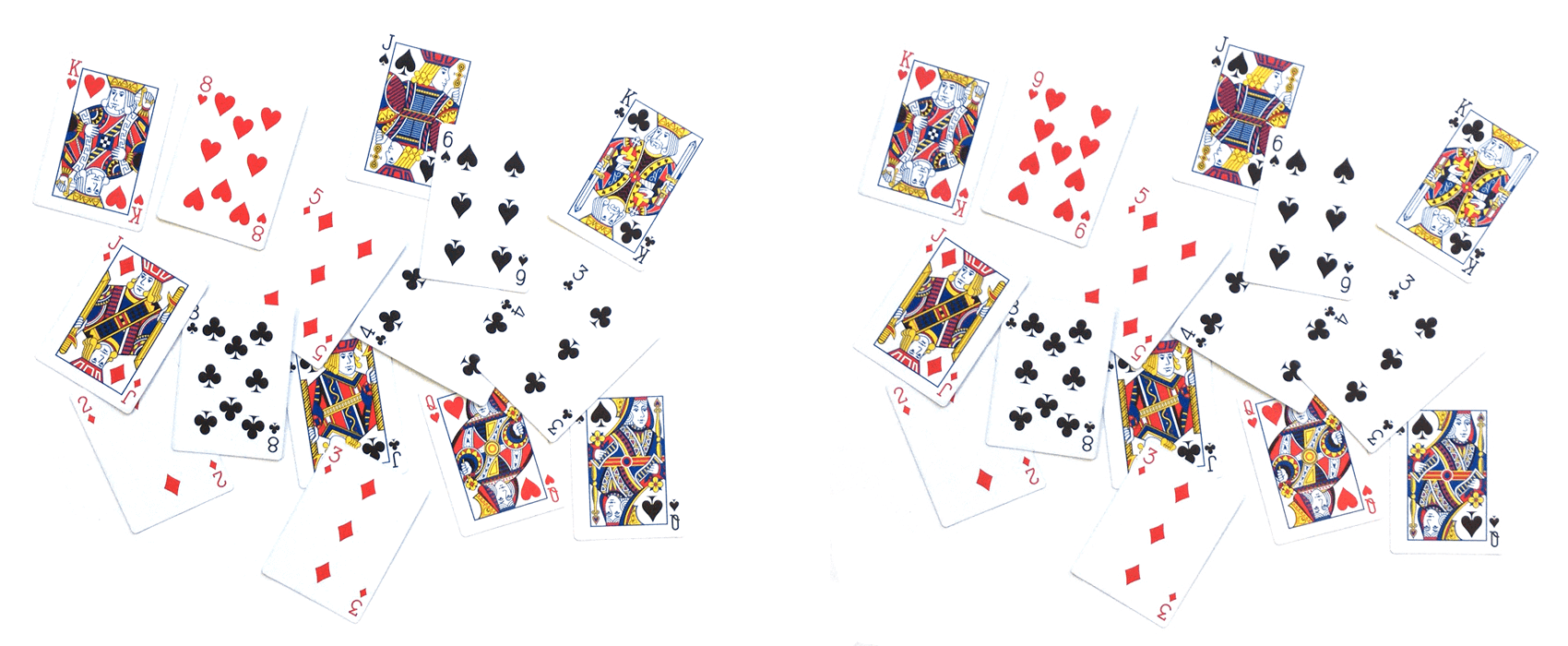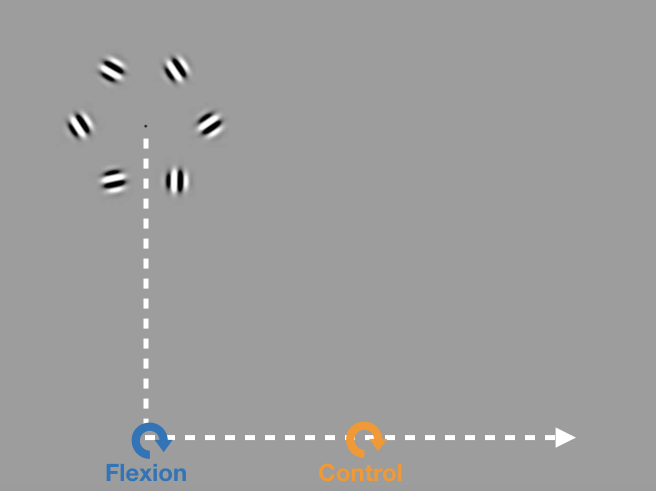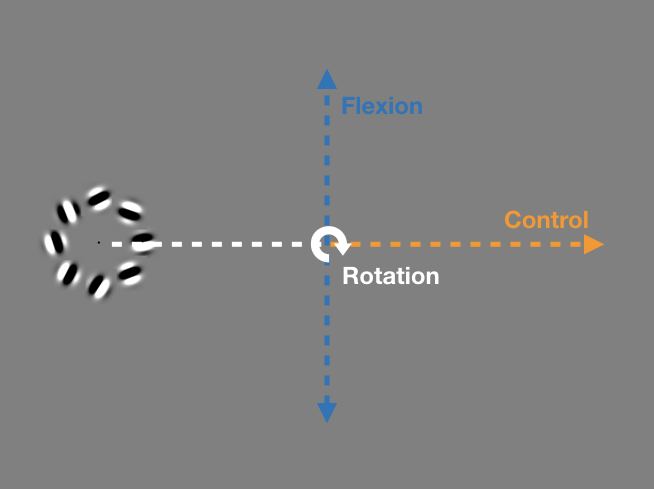
Estimated reading time: 7 minutes
Magicians are generous to researchers. Not only do their tricks inspire scientific questions, but those tricks also provide spellbinding demonstrations to hook and interest kids and adults alike. Inspiration and fascination can’t be underestimated. They open doors to career paths, hobbies, areas of study, and more. And researchers have recognized – well – the magic of magicians. Within the last few decades, researchers have studied magician’s books and tricks (Gustav Kuhn’s description is compelling), done the research (see here and here for just a few examples), and called for a science of magic. One of the latest published research articles on magic involves a magician’s trick, change blindness, and eye tracking.
Change Blindness
In a recent article published in Psychological Science, Richard Yao, Katherine Wood, and Daniel Simons at the University of Illinois at Urbana-Champaign drew inspiration from the magician Dariel Fitzkee (1898-1977). In his book, Magic by Misdirection (1945/2009), Fitzkee described how simply changing the direction of a moving object creates a distraction, which can mask obvious changes to an object. To illustrate the effect, the authors highlight this video of the wave-change card trick. For the magic trick, one playing card seems to transform into another as the wave of the card changes direction. The direction change effectively masks the flick of the magician’s finger that rotates a hidden card to the forefront.

The wave-change card trick induces what in psychology is known as change blindness – the failure to see small or even large changes to a scene. The image below helps illustrate a typical trial in a change blindness experiment. Generally, in a series of steps, participants view a scene and its changed version and then indicate the change. Specifically, the card scenes below are identical but for one card. For a test trial, a participant could see (a) the left card group, (b) some disruption (e.g., grey screen, splatter, or flash), and (c) then the right card group. The participant eventually indicates, in some manner, the change (eight of hearts). Often, people have difficulty detecting the difference; they are for all intents and purposes change blind.

In a series of experiments, Richard Yao, Katherine Wood, and Daniel Simons looked to test experimentally whether changing the direction of a moving object can create change blindness.
Change Blindness due to Motion Change
For the experiment, six Gabor patches, arranged on a ring, moved as a unit down and then across in an L-shaped path. Along the path, one of the six Gabor patches rotated 15°. For half the trials, the rotation of a Gabor patch occurred at the juncture of the direction change (“Flexion” condition; see image below and video of one trial). For the other half of the trials, a Gabor patch rotated along the horizontal axis (“Control” condition; see image below and video of one trial). For the task, the participants simply indicated which one of the six Gabor patches rotated.

The purpose of the Control condition was to rule out motion itself as a cause for change blindness. In the first condition (Flexion), the rotation of a Gabor patch occurs when there is both motion and a change in direction. In the second condition (Control), there is only motion. If people are blind to the rotation in both scenarios, it’s quite possible motion itself induces change blindness – as that’s the commonality. Alternatively, if people have difficulty with the task only when the ring changes direction, it’s likely a change in motion direction elicits change blindness.
When the ring simply moved horizontally, people detected the change 86% of the time. However, a change in motion direction substantially reduced detection to 30%. These results suggest a change in motion direction triggers change blindness; however, the authors noted that there could be an alternate explanation – saccade-contingent change blindness.
Change Blindness and Eye Tracking
Saccade-contingent change blindness is an inability to see a change because of a saccade, a quick eye movement that shifts gaze from one point to another. When a saccade occurs, there is an absence of perception also referred to as saccadic suppression. The abrupt change in motion direction, present in the Flexion condition, may trigger a saccade. Consequently, people might not see which Gabor rotated because of the saccade and subsequent saccadic suppression. To rule out this explanation, the authors used EyeLink eye trackers to record gaze during the task and filter out trials in which saccades occurred at the same time as the motion change.
In this new experiment, a ring of eight Gabor patches moved horizontally. The image below illustrates the conditions. At the midpoint of the screen, one of the Gabors rotated 30° for all conditions. Simultaneously, the ring either went up (Flexion condition, video), down (Flexion condition, video) or simply continued in the same direction (Control condition, video). Again, participants picked out which Gabor patch they believed rotated.

When the direction continued straight (Control condition), change detection was almost perfect – 98.8%. Detection was reduced to 50.7% when the direction changed (Flexion condition). Now, if change blindness is because a saccade occurred during the Gabor rotation, then removing trials when a saccade occurred at this point should reduce or eliminate the change blindness. However, this was not the case. In fact, less than 1% of trials had a saccade during a rotation. Further, detection results were basically unchanged when the saccade trials were filtered out: 99.3% when the ring continued straight and 51% when the ring changed direction. Eye-tracking results support the notion that changes in motion direction can induce change blindness.
Conclusion
Magicians have perfected their illusions over thousands of years. One of these illusions involves a change in motion direction, which allows magicians to make obvious changes without people noticing. In a series of controlled experiments, Yao, Wood, and Simons showed that a change in motion direction can indeed elicit change blindness. They also used eye tracking to rule out saccadic suppression as an explanation for the effect. These results support the ever-growing body of literature that indicates scene representation is quite coarse and that sometimes it is as misleading as magic.
Contact
If you would like us to feature your EyeLink research, have ideas for posts, or have any questions about our hardware and software, please contact us. We are always happy to help. You can call us (+1-613-271-8686) or click the button below to email:
References & Image Credits

